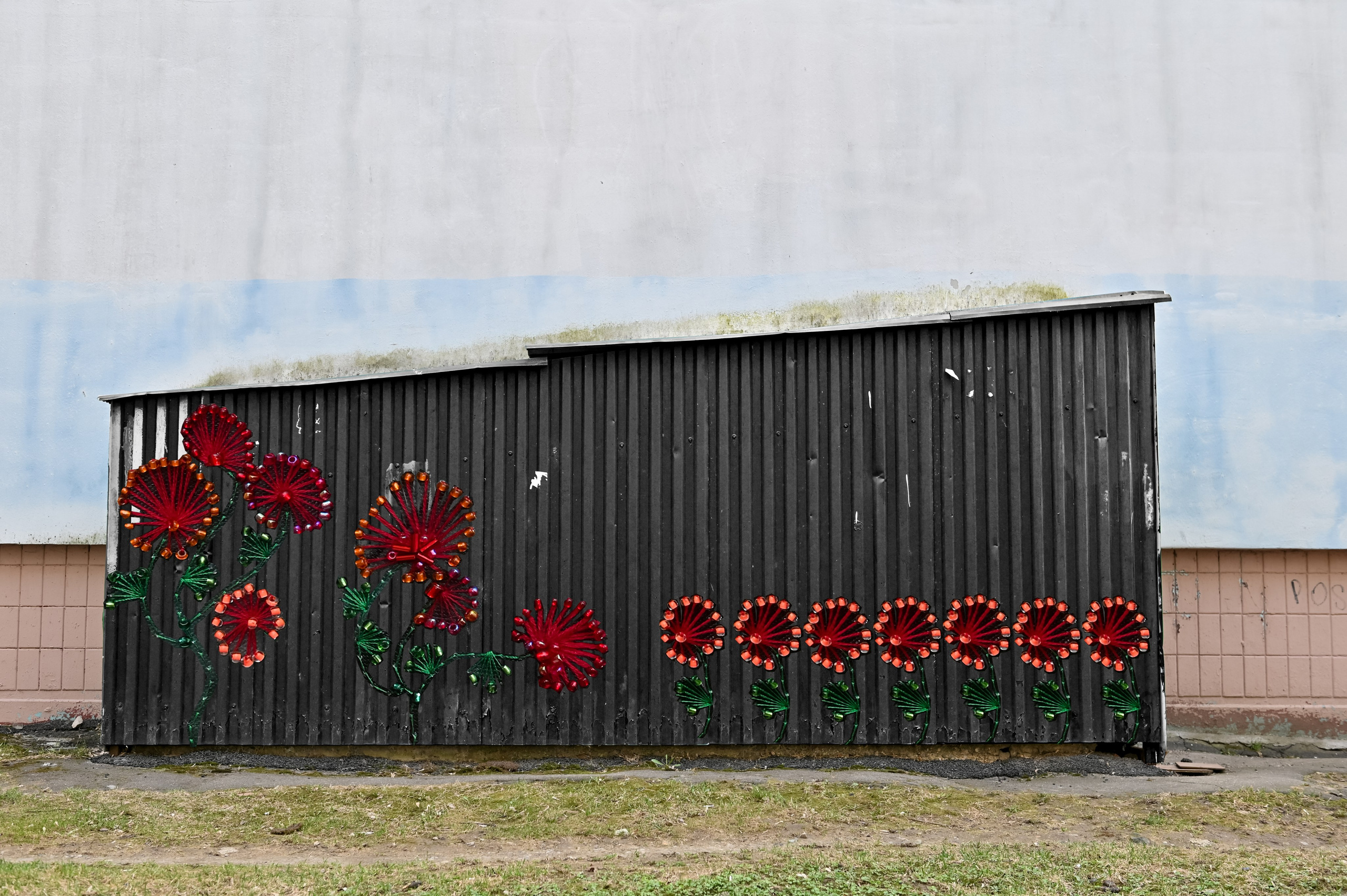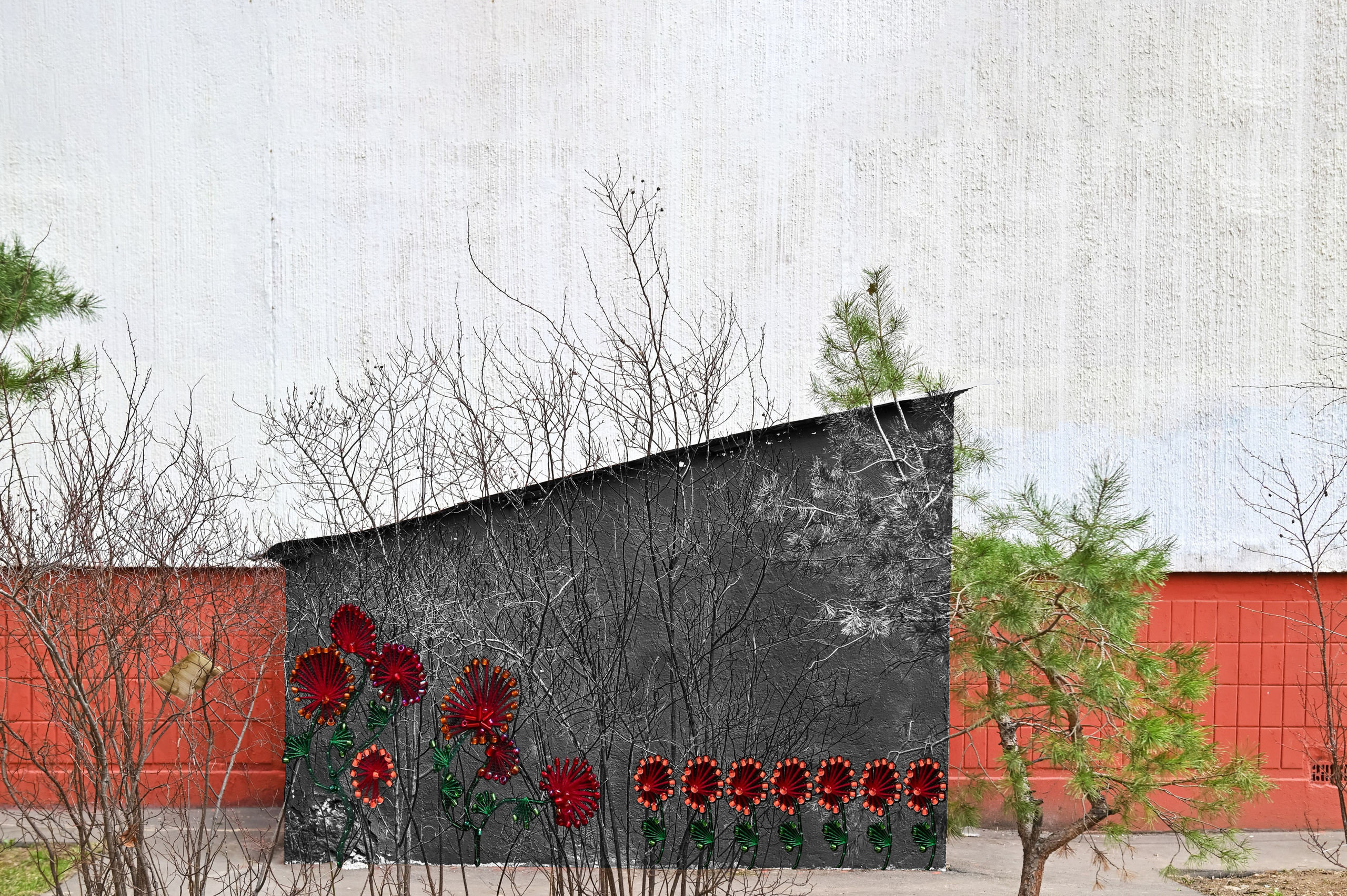Threshold
My project is dedicated to the most mundane, often unnoticed spaces in our homes—basements. Instead of seeing them merely as storage areas or technical zones, I look at them through a specific lens—the concept of the “Place of Transition” (Mesto Perekhoda).
This phrase signifies, for me, that very boundary, an invisible curtain or metaphysical barrier that separates our familiar world from other planes of existence, other dimensions, or the depths of our own consciousness.
Basements, by their very nature, are border territories. They lie beneath the level of our daily lives, descending into darkness, toward foundations, toward the earth. The very act of descending, of transitioning from light into semi-darkness, already symbolizes crossing a certain line. And the basement door—often massive, locked—becomes an almost literal, physical embodiment of this barrier: a threshold separating the known and illuminated from the dark and hidden.
This idea of a boundary, a threshold, and the necessity of overcoming it to transition finds surprising resonance in many teachings and traditions. Shamanic practices searched for “gates” to other worlds, the passage through which required effort. Carl Jung described the unconscious as a vast territory beyond the boundary of consciousness, penetrating which is akin to overcoming a barrier. Hermetic texts, like the Emerald Tablet, speak of different planes of existence and the need to “break through” to higher levels. Kabbalah describes the Tree of Life with its Sephirot spheres, where the transition between them is the overcoming of a boundary line, a border between manifestations of the divine. Theosophy also speaks of ascending through planes of reality by overcoming obstacles.
All these ideas, in one way or another, point to the existence of such “frontiers” and the importance of crossing them. It is this atmosphere of the threshold, the feeling of the boundary, and the potential for transition that I strive to capture and convey in this project.
I focus on the textures of the walls—cold, damp, covered with layers of time. On the locks and bolts, which symbolize both the obstruction and the mystery held behind it. On the meager light that barely penetrates through dusty windows or cracks, creating a play of deep shadows.
I am not searching for mystical phenomena, but rather striving to capture the very premonition of the “Other” lurking in these ordinary spaces. In the “Place of Transition, ” I show that this concept is not a distant abstraction from ancient texts, but something woven into the fabric of our everyday life. The basements of residential buildings become unexpected points of contact with this “Other.” They suggest that the boundary between worlds, between the manifest and the hidden, may lie not in the heavens or mythical forests, but right here, under our feet, behind an inconspicuous door leading downwards. My project is an invitation to look closely at the familiar and perhaps sense the hidden dimensions of reality, realizing that any place can become a point of transition if one merely adjusts the optics of perception.















